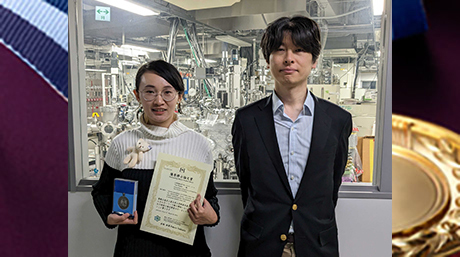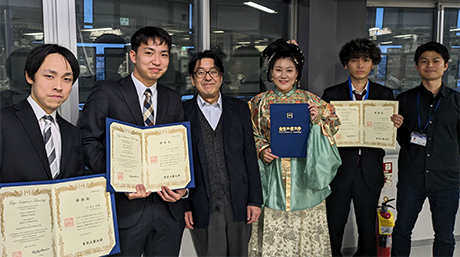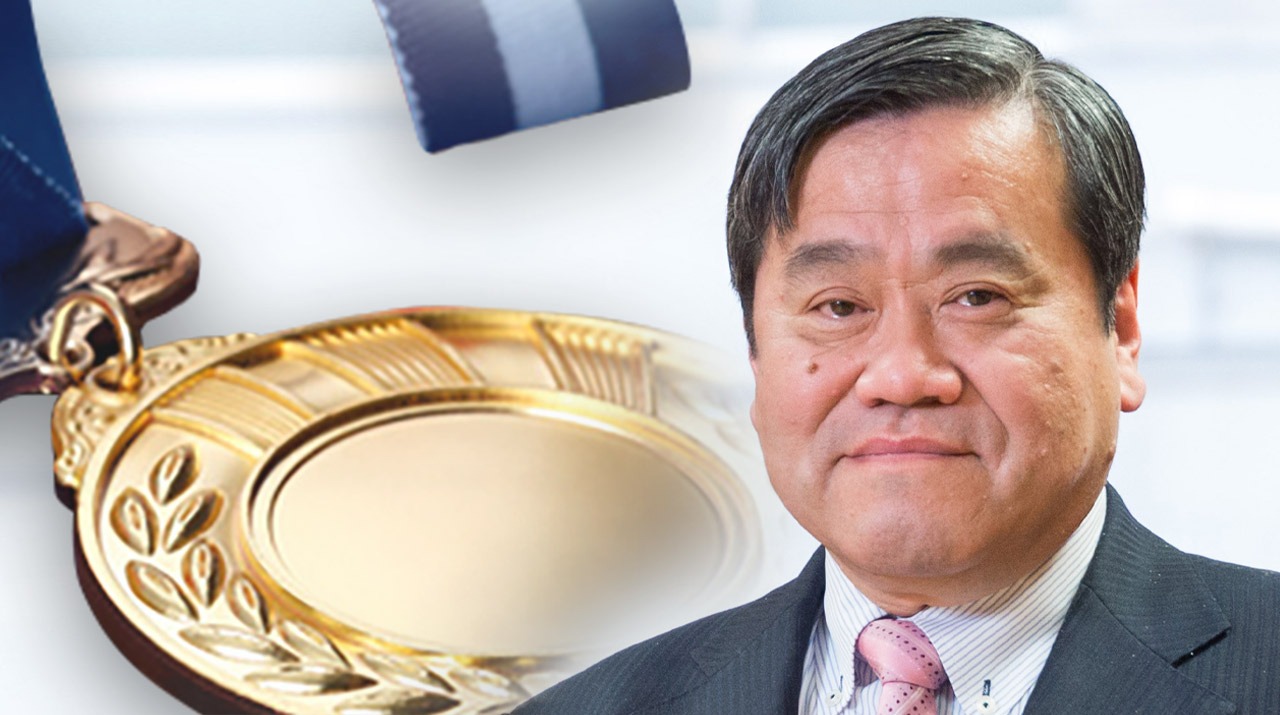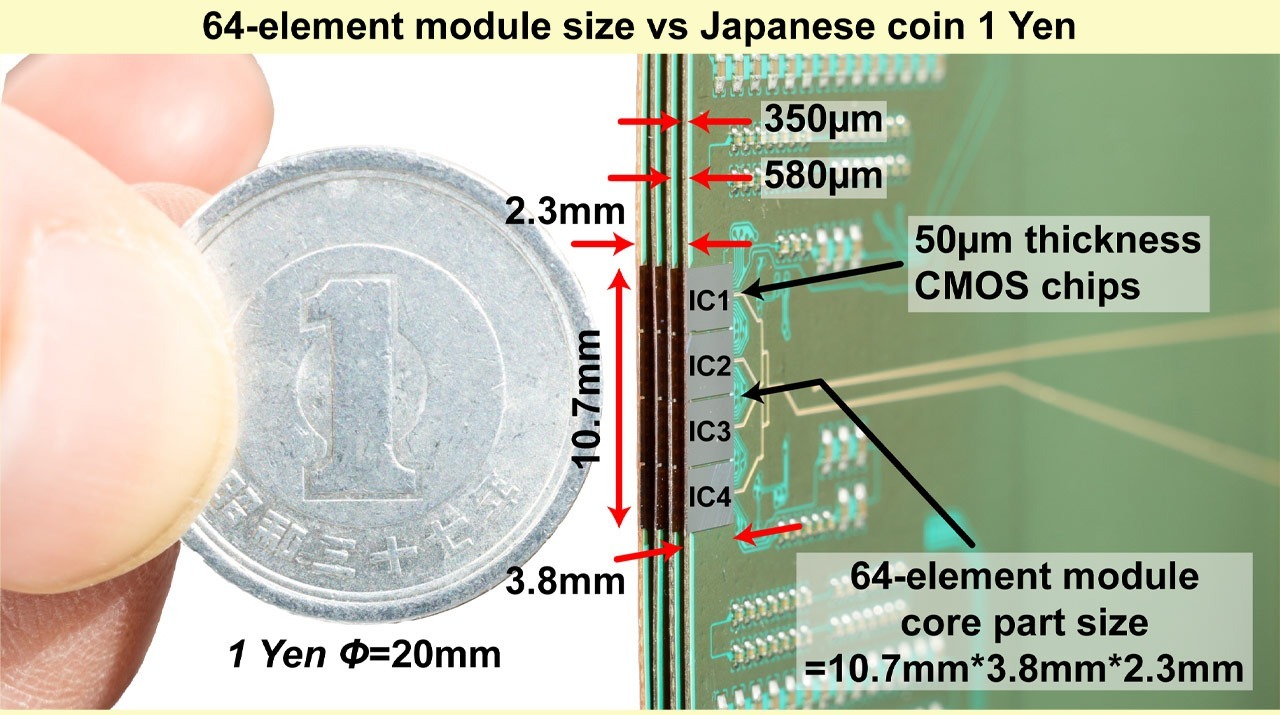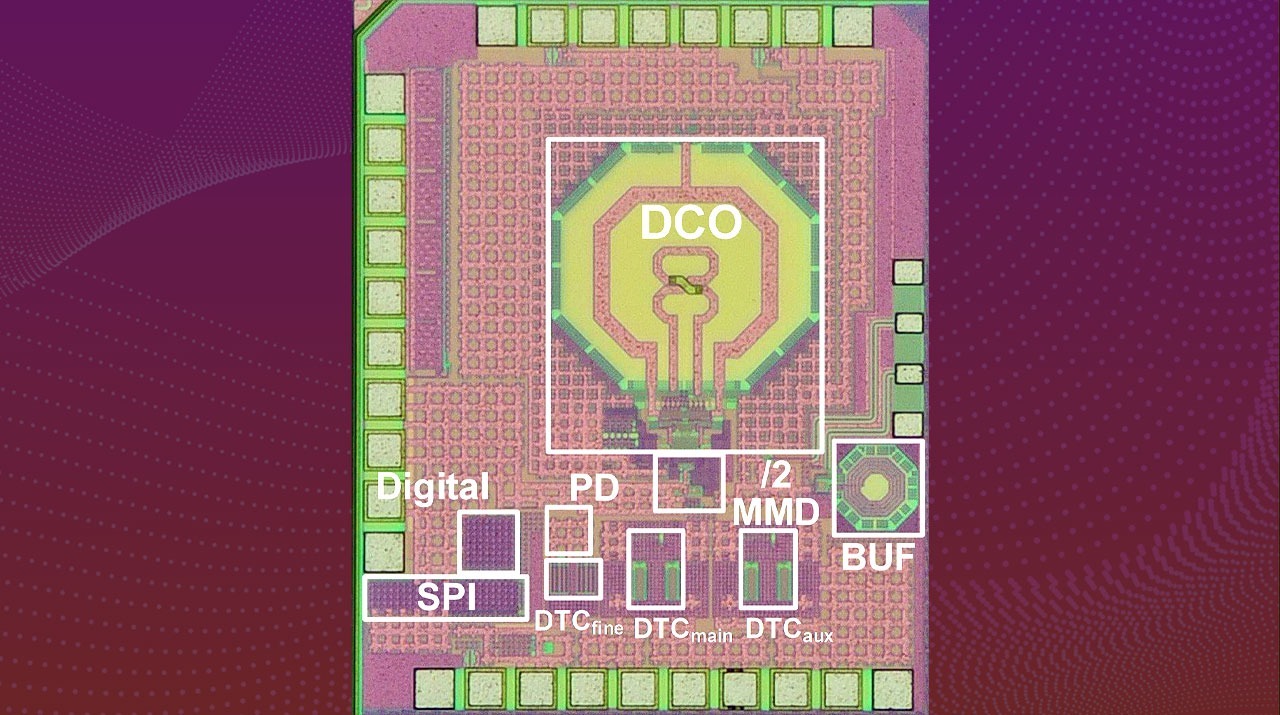Electrical and Electronic Engineering News
Towards the New-Space Era with Foldable Phased-Array Transmitters for Small Satellites
New design for a foldable phased-array transmitter can help make satellites lightweight, smaller, and cost-efficient to launch, report scientists at Tokyo Tech. The transmitter is made of stacked layers of liquid crystal polymer and incorporates flexible creases, which provide flexibility and deployability. The new design could make research and implementation of space technologies more accessible to private companies and startups.
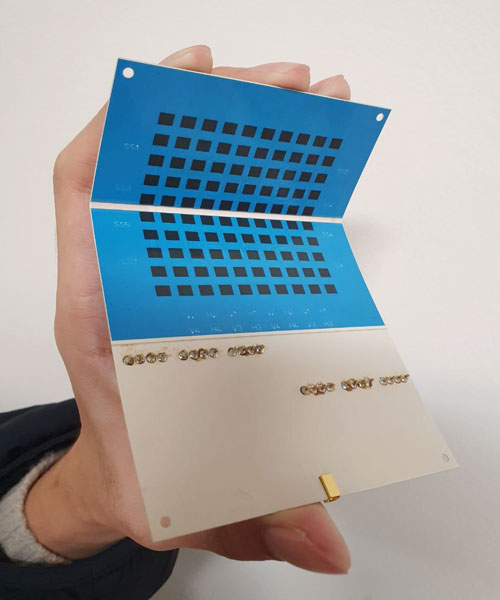
Figure 1. A foldable phased-array transmitter for LEO satellites
- By varying the number of liquid crystal polymer layers, the proposed design incorporates foldable creases, contributing to a smaller form factor and lower weight.
There has been a recent shift in the space industry towards what is now called the "new-space era." The term refers to how space is no longer dominated exclusively by government agencies such as NASA but has instead become a playground for many private companies and startups interested in exploring and deploying space technologies. While this opens up a vast ocean of possibilities for space research, exploration, and telecommunications, launching satellites remains an expensive endeavor.
In general, low earth orbit (LEO) satellites are both low cost and low latency. However, modern antenna designs for LEO satellites are heavy, leading to a trade-off between making satellites compact and achieving a large antenna aperture for better performance. Such issues increase launch costs significantly and are regarded as major hurdles to overcome in the new-space era.
Against this backdrop, a team of scientists led by Associate Professor Atsushi Shirane from Tokyo Institute of Technology (Tokyo Tech) in Japan has developed a deployable foldable transmitter for small LEO satellites operating in the Ka band. Their innovative design and configuration, presented at the International Microwave Symposium 2023 and published in the IEEE Microwave and Wireless Technology Letters![]() , could pave the way for smaller and lighter satellites without compromising their transmission performance.
, could pave the way for smaller and lighter satellites without compromising their transmission performance.
The key to this novel design, which consists of a 64-element active phased-array transmitter, lies in a clever stacking of liquid crystal polymer (LCP) layers to create foldable creases without hampering electrical connections. The researchers stacked six layers for the areas designated for the patch antennas and circuit elements, but used only two layers for the creases. This made the phase array foldable without causing any damage to the circuit lines (Figure 1).
Notably, to enable proper operation of the phased-array, the team had to account for the variable folding angle of the transmitter. "In a deployable phased-array mounted onto a satellite, the calibration of a mechanically deformed phased-array plane geometry is an inevitable process," explains Dr. Shirane. "In the present design, by controlling each phase of antenna element independently, the proposed transmitter could work properly at bending angles ranging from −10° to 20°." The corresponding beam pattern measurements are shown in Figure 2.

Figure 2. Measured beam pattern under various board bent-angle states
- The proposed deployable foldable transmitter for small satellites can work properly at bending angles ranging from −10° to 20°.
The researchers also had to offset the asymmetries introduced by the creases, which affect the antenna patches closer to them by slightly modifying their size and location.
After thorough testing, they reported a high isotropic radiated power of 46.7 dBm for a remarkably lightweight antenna. "With the flexible hetero-segment LCP board, the proposed phased-array transmitter weighed only 9.65 g with 64 antenna elements, which is superior to a rigid state-of-the-art transmitter that weighs 33.64 g with 16 elements," highlights Dr. Shirane.
With any luck, further developments in transmitter designs will make deploying space technologies more accessible in this blooming new-space era.
- Reference
| Conference : | IEEE International Microwave Symposium 2023 June 11-16 2023, San Diego, CA, USA |
| Session : | We1A: Space Systems and Technologies June 14, 2023, 8:00 a.m. (Local Time) |
| Session Title : | A Ka-Band 64-element Deployable Active Phased Array Transmitter on a Flexible Hetero Segmented Liquid Crystal Polymer for Small-Satellites |
| Researchers : | Dongwon You1, Xi Fu1, Hans Herdian1, Xiaolin Wang1, Yasto Narukiyo1, Ashbir Aviat Fadila1, Hojun Lee1, Michihiro Ide1, Sena Kato1, Zheng Li1, Yun Wang1, Daisuke Awaji2, Jian Pang1, Hiraku Sakamoto1, Kenichi Okada1, and Atsushi Shirane1, * |
Affiliations : |
1 Tokyo Institute of Technology 2 Fujikura Ltd, Electronic Technologies R&D Center |
- Preparing the Stage for 6G: A Fast and Compact Transceiver for Sub-THz Frequencies | Tokyo Tech News
- Improving the Performance of Satellites in Low Earth Orbit | Tokyo Tech News
- New Transmitter Design for Small Satellite Constellations Improves Signal Transmission | Tokyo Tech News
- Novel Architecture Can Reduce Noise-Induced Jitters in Digital Technology | Tokyo Tech News
- Efficient Satellite Downlink with a Ka Band Dual Circular Polarization Transmitter | Tokyo Tech News
- New and Improved Multi-Band Operational Receiver for 5G New Radio Communication | Tokyo Tech News
- Efficient Satellite Downlink with a Ka Band Dual Circular Polarization Transmitter | Tokyo Tech News
- Electricity and Data Over-the-Air: The Simultaneous Transmission of 5G and Power | Tokyo Tech News
- Introducing a Transceiver that Can Tap into the Higher Frequency Bands of 5G Networks | Tokyo Tech News
- Tokyo Tech team reach IEEE MTT-Sat Challenge finals | Tokyo Tech News
- Lean and mean: Maximizing 5G communications with an energy-efficient relay network | Tokyo Tech News
- Pushed to the Limit: A CMOS-based transceiver for beyond 5G applications at 300 GHz | Tokyo Tech News
- Greater Connectedness in Remote Areas: A Ka-band Transceiver for Satellite Communications | Tokyo Tech News
- Smallest all-digital circuit opens doors to 5 nm next-gen semiconductor | Tokyo Tech News
- A more accurate, low-cost 39 GHz beamforming transceiver for 5G communications | Tokyo Tech News
- Gearing up for 5G: A miniature, low-cost transceiver for fast, reliable communications | Tokyo Tech News
- Tinier and less power-hungry quantum atomic clock push toward intelligent IoT | Tokyo Tech News
- Shirane Lab.
- Okada Lab.
- Atsushi Shirane | Researcher Finder - Tokyo Tech STAR Search
- Kenichi Okada | Researcher Finder - Tokyo Tech STAR Search
- Laboratory for Future Interdisciplinary Research of Science and Technology (FIRST)
- Institute of Innovative Research (IIR)
- Electrical and Electronic Engineering Graduate Major|Education|School of Engineering
- Electrical and Electronic Engineering Undergraduate Major|Education|School of Engineering
- Latest Research News
School of Engineering
—Creating New Industries and Advancing Civilization—
Information on School of Engineering inaugurated in April 2016
Further Information
Associate Professor Atsushi Shirane
Institute of Innovative Research, Tokyo Institute of Technology

